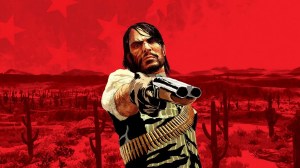Superman is the most important fictional character created in the 20th century. While an argument can be made that Batman, Spider-Man, Wolverine, or Iron Man are more popular than the Man of Steel, they only reason they exist at all is because of Superman. Superman birthed superhero comics, his popularity leading to entirely new mythologies being created. Over 80 years, Superman is still an icon and his upcoming return to the big screen in 2025’s Superman: Legacy has set the superhero world on fire.
Videos by ComicBook.com
Superman has a long legacy of amazing stories, with decades of comics under his belt. However, for a new fans, many of the older Superman stories are going to be hard to get into — the Superman mythos have changed so much over the years, that jumping into those older stories will reveal a Superman that they don’t recognize. Modern Superman stories — starting with the post-Crisis on Infinite Earths books of the mid-’80s and lasting until the present — are a perfect place for readers to start out, full of amazing stories that do a perfect job of outlining who Superman is and what he represents.
Action Comics (Vol. 2) #1-18, #0
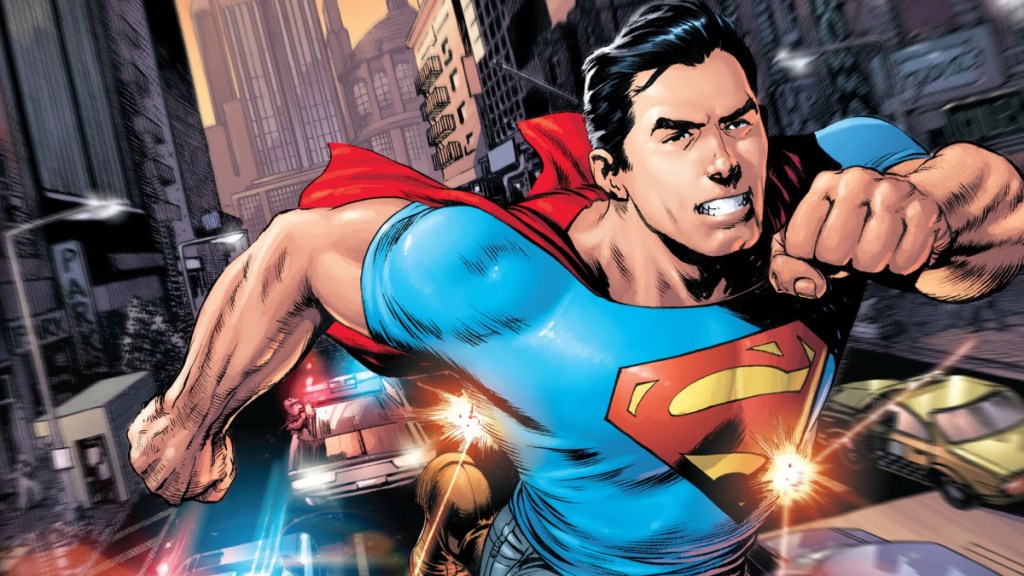
The New 52 is DC’s most infamous reboot. While it definitely grabbed attention at first, it started to fizzle out as the years went on. One of the early highlights of the New 52 was Grant Morrison’s Action Comics run. Working with regular artist Rags Morales and fill-in artists Andy Kubert, Travel Foreman, Ben Oliver, Gene Ha, Brad Walker, and Carlos Urbano, Morrison wrote issues #1-18, and a zero issue, telling the story of the early days of the New 52 Superman and leading into the present. Morrison blended the Depression-era man of the people with the more modern conceptions of Superman to create a brilliant new version of the figure.
Morrison’s tenure on Action Comics tells an interrelated story that spans their entire run, as Superman has to deal with a mysterious enemy and their machinations over the span of years. Morrison was able to combine big-idea storytelling, their specialty, with quiet, character-driven stories, showing off the gamut of what Superman comics can be. Instead of doing what everyone expected, Morrison created new concepts and mined the history of Superman and DC Comics for ideas, focusing on a side of the Superman mythos that hadn’t had a lot of play — the Fifth Dimensional imps. Action Comics #9, which introduced the Calvin Ellis version of Superman and Superdoomsday, is one of the most intelligent and biting commentaries on the history of Superman of all time. Morrison’s writing is top-notch, but the art is nothing to sneeze at. Morales and the fill-in artists brought the scripts to life brilliantly, capturing the power and bombast of Superman. These 19 issues are the biggest highlight of the New 52 Superman’s existence and are still worth a read, despite this version of the character being rendered non-canon.
Superman: Secret Identity
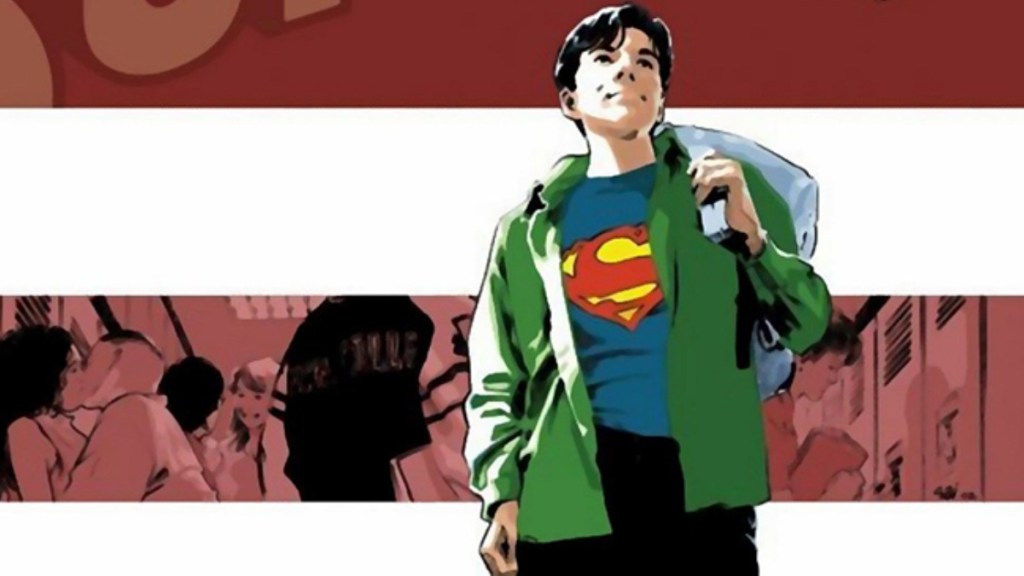
Writer Kurt Busiek is a legendary talent, his ability to take old ideas and redefine them for modern audiences to create memorable stories at Marvel, DC, and on his various creator-owned works like Astro City. Busiek proved to be an adroit Superman writer, his work on Superman in the days following Infinite Crisis giving readers some brilliant Superman stories. Busiek-written books like Camelot Falls deserve their praise, but Busiek’s best Superman story is easily 2004’s Superman: Secret Identity, with artist Stuart Immonen.
Busiek took inspiration from the idea of Superboy-Prime — a Superman variant that came from a world where he was the only being with superpowers. Busiek’s story talked about how someone like Superman would affect the world, as well as how being someone like Superman would affect a person. Busiek and Immonen mesh beautifully in this story, capturing the big moments that define Superman, as well as the more personal moments that connect readers to the narrative. Superman: Secret Identity is unlike any other Superman story, and its theme of power, humanity, love, and family will resonate with readers long after they put it down.
Superman and the Legion of Superheroes
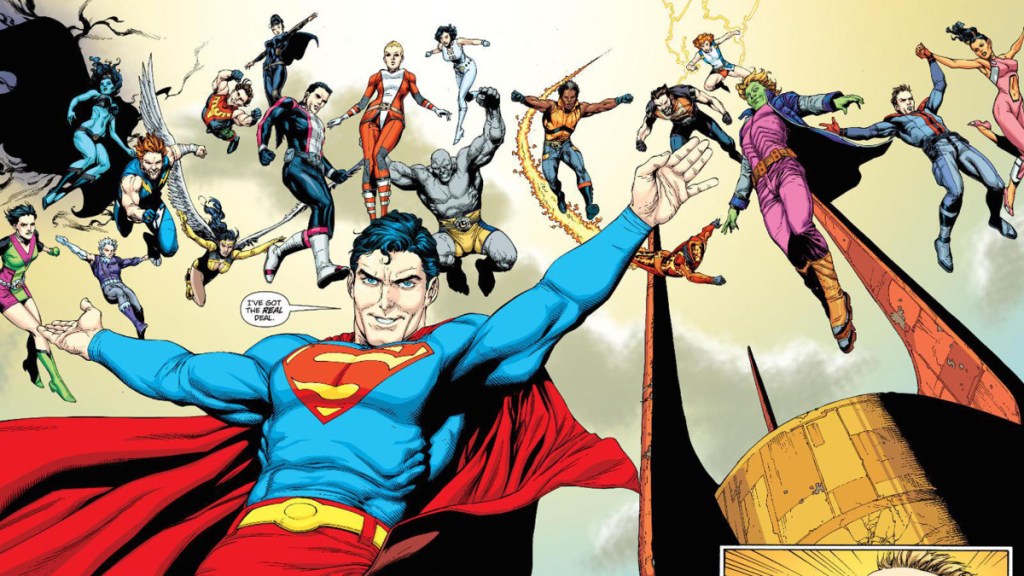
Superman’s time as Superboy and his membership with the Legion of Superheroes was a huge part of the character in the Silver and Bronze Age. However, the post-Crisis DC Universe would see Superman’s time as Superboy erased. This would play havoc with the Legion’s history, leading to multiple full-scale reboots of the team and the Legion’s fall from their lofty position in the DC Universe. After the Crisis sequel Infinite Crisis, DC decided to bring back many aspects of pre-Crisis continuity and Geoff Johns’s Action Comics would be the epicenter of that for Superman.
Johns and artist Gary Frank teamed up for several brilliant Superman stories during this period, but the best is Superman and the Legion of Superheroes. Infinite Crisis brought Superman’s past as Superboy back into continuity, and this story re-established that Superman had been a member of the Legion as the Teen of Steel. The Man of Steel is pulled into the future by the adult Legion, who need their old friend’s help against Earth-Man and his Justice League of Earth. This story is a pulse-pounding epic, bringing the classic Legion back, presenting why they’re so cool, and showing why they’re such an important part of the Superman mythos. This story nailed Johns’s style of classic ideas in modern packaging, with Frank’s art being the perfect complement to the story.
Superman: Last Son
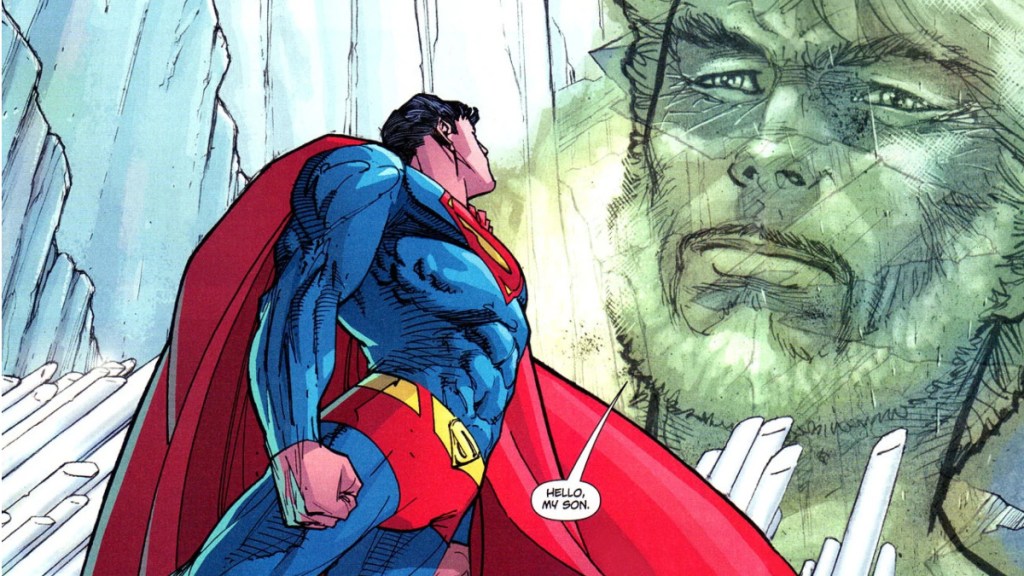
Geoff Johns’s Action Comics run began with a bang, one that teamed him with an old friend with an illustrious history with the Man of Steel. Johns had worked with Superman: The Movie director Richard Donner before ever writing comics, and the two came together again, joined by veteran artist Adam Kubert, on Action Comics. Their first of two stories gave Donner a chance to retell the story of Superman II, pitting Superman against General Zod and the Phantom Zone criminals.
Beginning with Superman finding a young boy who speaks Kryptonian and has similar powers to him, Last Son goes from zero to a hundred quickly, showing off a new Bizarro under the command of Lex Luthor before reintroducing Zod, Ursa, and Non to readers. From there, the book becomes an action blockbuster, taking readers into the Phantom Zone and back again, as Superman has to wrest the world from the clutches of Zod. It’s an excellent story, allowing Donner to tell a Superman versus Zod story with an unlimited budget. Kubert’s art is the key to the whole thing. Son of DC legend Joe Kubert, Adam Kubert lays out some of the best art of his multi-decade career, presenting readers with breathtaking pages that capture the power and emotion of the story. Superman versus Zod had never reached the heights of Superman: Last Son, and every other version of their battle wishes they could be this good.
Superman: Warworld Saga
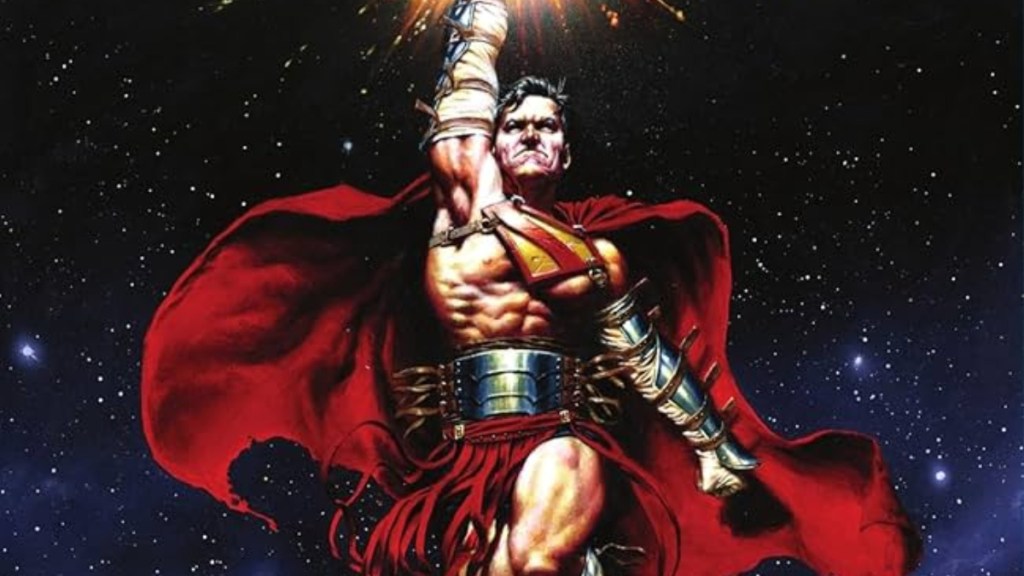
In 2021, the Superman comics had been through the highly publicized but ultimately disappointing Brian Michael Bendis run. Fans didn’t expect that much when writer Phillip Kennedy Johnson took over writing the Metropolis Marvel. However, they would end up getting a Superman epic that stands tall among not only the best Superman stories of the 21st century, but the best of all time: Superman: Warworld Saga. The story spun out of events in the Superman titles — Superman’s powers were fading away, forcing him to take a backseat as a superhero. However, he decides to take on one last mission, gathering a new Authority in Superman and the Authority — a worth reading but not crucial prologue — and going after his old foe Mongul and his mobile base Warworld.
Johnson, working with artists Daniel Sampere, Miguel Mendonca, Fico Ossio, Riccardo Federici, Will Conard, and Brent Peebles, definitely gave readers a saga. The battle against Mongul Who Is, the newest iteration of the villain, tests Superman in every way, and sees him become a gladiator freedom fighter, leading the people of Warworld against the violent teachings of Mongul. The story presents Superman as more than an action hero, using his position as a beacon of hope to create a revolution. Warworld Saga is pitch-perfect Superman, a massive epic that plays on the multiple hats the character wears — hero, leader, symbol — and keeps readers on the edge of their seats.
[RELATED: The Success of Superman Resulted in One of the Weirdest Christmas Movies Ever]
The Man of Steel
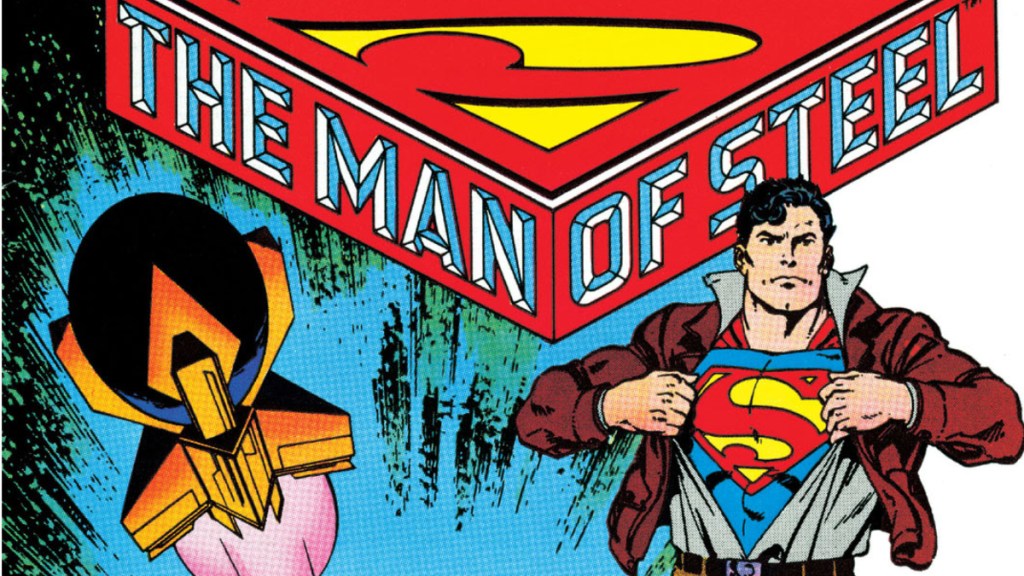
1986 was a huge year for DC Comics, as the company rebooted its entire line after the blockbuster maxi-series Crisis on Infinite Earths. Different characters were getting different levels of reboot, with Superman getting one of the most sweeping. DC decided to completely change the character’s history, keeping the basics but changing a lot of the particulars. The company had writer/artist John Byrne, fresh off his stint at Marvel on books like Uncanny X-Men and his landmark run on Fantastic Four, to do the honors, kicking off with the six-issue miniseries The Man of Steel.
The Man of Steel established a new, colder Krypton, jettisoned his past as Superboy, and made him into the all-American boy. The series introduced Lex Luthor as an ’80s corporate raider villain, gave readers a new first Batman/Superman team-up, and shined up the concept for a new era. While much of Byrne’s run on Superman has fallen out of favor over the years, The Man of Steel is still one of the better Superman stories out there. While many of its changes are no longer canon, it’s still worth reading, giving readers one of the more interesting Superman origin stories.
The Death of Superman
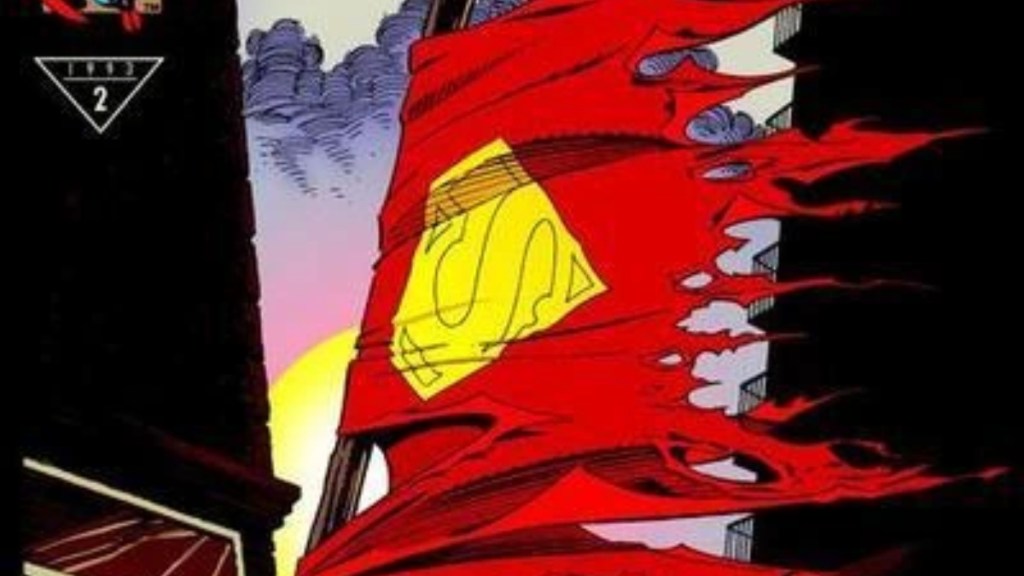
There had been many, many stories that killed off Superman before The Death of Superman, the 1992-1993 blockbuster that changed comics history forever. Most of the time, these took place in “imaginary stories” of the Silver and Bronze Age, stories that didn’t count in the canon of Superman. The Death of Superman would change that. The story of the planning of The Death of Superman is one of the more entertaining out there. Every year, the Superman writers and editors got together to brainstorm what the next year of Superman stories would be like. Superman writer Jerry Ordway would jokingly suggest killing Superman every year and after he did so at the 1991 summit, writer Louise Simonson talked about how deaths allowed creators to illustrate why the dead characters mattered so much. Group editor Mike Carlin liked this idea, because sales on the Superman books had fallen and Carlin wanted readers to remember why Superman was so important, and The Death of Superman was born.
The Death of Superman crossed through the four Superman titles — Superman, Adventures of Superman, Action Comics, and Superman: Man of Steel, as well as Justice League America — and combined the talents of Dan Jurgens, Ordway, Simonson, Roger Stern, Jackson Guice, Tom Grummet, Jon Bogdanove, and Brett Breeding as they pit Superman against new villain Doomsday. The Death of Superman is a slugfest, as Superman and his allies try to defeat the rampaging monster. While it can be argued that using an all-new villain with no real relationship to Superman was a waste, Doomsday proved to be a great foil for the Man of Tomorrow, a beast bent on destruction and death facing off against the ultimate symbol of hope and life. It’s not the deepest Superman story ever, but it hits all of the right notes and takes readers on a ride they will never forget.
Kingdom Come

Kingdom Come, by Mark Waid and Alex Ross, is widely considered one of the greatest DC stories of the 1990s. The story, which took place in a future where the heroes had been replaced by a violent new breed of legacy heroes, is all about the trends of the 1990s taking over the comic industry and how the heroes of yesteryear were still valid in this newer landscape. However, in telling that story, it also presented a tale that focused on Superman and what he meant to comics.
Superman’s retirement — leaving his position as the hero of Metropolis after the death of Lois Lane and the people of the city supporting Magog, a hero who murdered the Joker for killing Lane — is the most important event that informs the mythos of the story. Superman’s return to heroism after the accidental destruction of Kansas by Magog’s Justice Battalion is Kingdom Come‘s inciting incident, after which he struggles to teach the new generation what being a hero really means. However, there are forces in the shadows that even Superman can’t see and Superman’s beliefs are tested in ways he never imagined before. Kingdom Come is a modern DC masterpiece, its focus on Superman showing exactly why the character is what makes the comic industry tick.
Superman: Up in the Sky

Writer Tom King is one of DC’s most important writers, well-known for his runs on Batman and Wonder Woman, as well as brilliant miniseries on DC’s B- and C-list characters like Supergirl, Mister Miracle, the Omega Men, Human Target, and many more. King’s work isn’t always unequivocally beloved, but there is one King story that is pretty universally loved: Superman: Up in the Sky. King, working with artist Andy Kubert, gave readers a story that followed Superman into the stars as he went after a girl kidnapped in an alien attack. Originally published in the Wal-Mart exclusive Superman Giant, it’s quickly joined the pantheon of the greatest Superman stories of all time.
What makes the story so amazing is that King perfectly nails Superman. The story answers why Superman is exactly the kind of hero who would leave everything behind to save one little girl and follows him as he overcomes a series of impossible tasks — including dealing with his own fears for the Earth and his loved ones — in order to rescue her. It’s a beautiful Superman story, made all the greater by Andy Kubert’s art. Each chapter of the story is better than the last, a feast for the eyes that gives readers everything they could want from a Superman story.
All-Star Superman
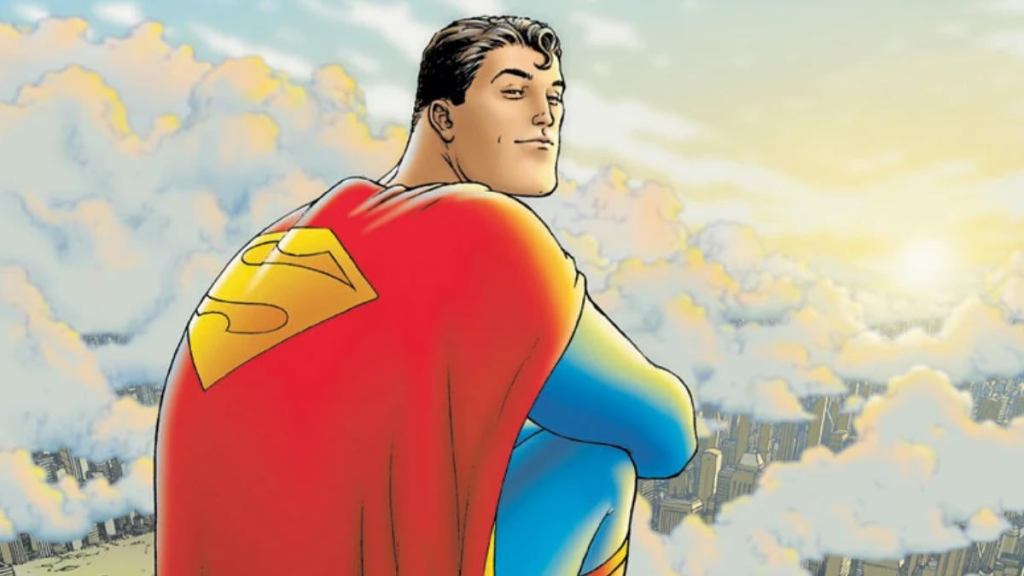
All-Star Superman, by Grant Morrison and Frank Quitely, was meant to kick start the All-Star line for DC. The line was supposed to compete with Marvel’s Ultimate Universe of titles, something which backfired spectacularly because of All-Star Batman and Robin, the Boy Wonder. While the All-Star line was a failure, All-Star Superman wasn’t. This 12-issue story followed Superman as he faced down his mortality, death on his doorstep because of Lex Luthor, and embarking on the legendary Twelve Labors of Superman.
All-Star Superman is among the most new reader-friendly Superman comics ever, taking ideas from every era of Superman and mixing them together into a perfect stew of Superman goodness. Morrison deserves their place as one of the most important voices in DC history and All-Star Superman shows exactly why. Their Superman is perfect, the integral version of the greatest character in superhero fiction. Quitely’s art is simply the best. His visual storytelling is never anything short of brilliant, bringing the story to life in a way that no other artist could. All-Star Superman is a distillation of everything great about Superman, an exciting, poignant Superman story for the ages.


